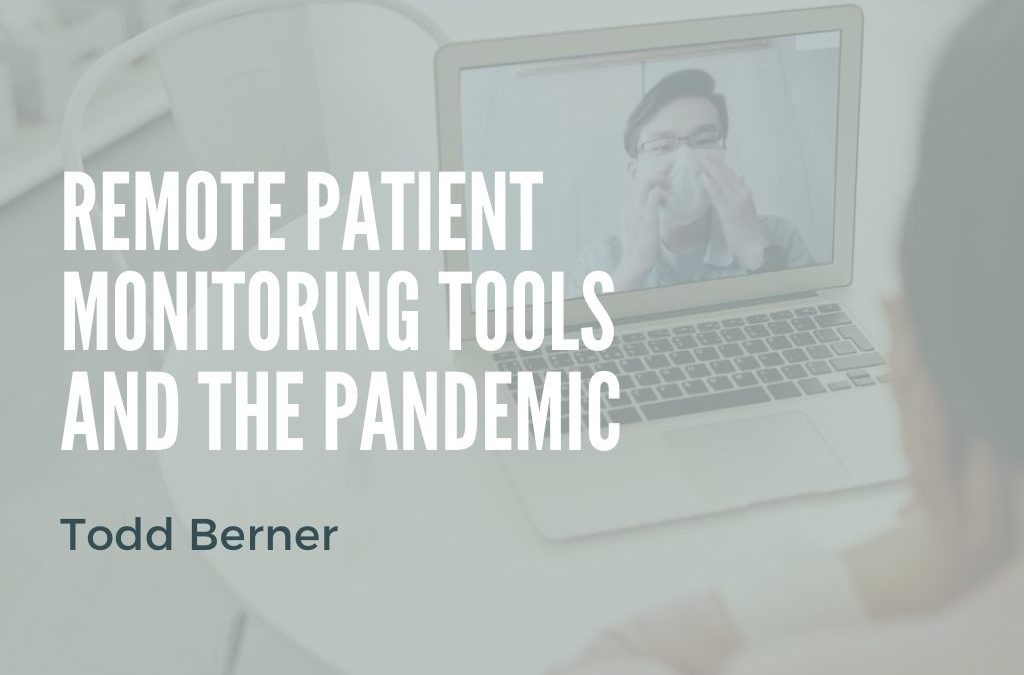It seems that the COVID-19 pandemic brings new challenges to healthcare every day. Recurring issues include shortages of staff, rationing personal protective equipment, and ensuring that healthcare professionals are as safe as can be while treating patients who have come down with the virus. Another common issue is how people who need medical attention that isn’t related to COVID-19 can receive the care they need without putting them in harm’s way, and making sure they feel as comfortable as possible. One way this can be addressed is with remote patient monitoring.
Healthcare organizations around the world have begun being slammed with patient requests, some involving COVID-19 and others about entirely different situations. Many of these organizations are beginning to lack the manpower they need in order to give each individual patient the time they require, especially if they haven’t tested positive for the virus. When you combine this with the social distancing protocols that have been implemented, many people are struggling to connect with their providers and get the answers they need in a safe and timely manner. When the United States began to see a surge in COVID-19 cases, the Centers for Medicare & Medicaid Services began pushing for healthcare facilities to stop doing non-urgent or elective procedures for the time being in order to save space, workers, and supplies for the waves of COVID patients that were beginning to come in. While this is no longer the case, many patients may still be nervous about receiving the care they need inside a healthcare facility, with many organizations also feeling this way.
This is where remote patient monitoring tools can help. By setting up remote communications with their patients, many healthcare facilities have been able to stay on top of any symptoms their patients may be experiencing and stay in touch even while the pandemic was at its worst. One example of this can be seen in M Health Fairview, a healthcare facility located in Minnesota. With the help of GetWell Loop, M Health Fairview has been able to use new technology in order to provide real-time information to their patients and get them more involved in their care. This works as a method of keeping patients safe while also reducing the rates at which the virus can be transmitted. As an added bonus, patients are able to remain in a setting that they’re comfortable in.
This remote patient monitoring technology is able to give patients important educational materials which include public health messages from both the CDC and WHO, all while using secure texting, calling, and virtual visits for both patients and their providers. The tech has also played a role in diminishing some of their own COVID cases, particularly for patients who were expected to recover with fewer complications, which has allowed them to put more attention toward more intense cases of the virus.
This technology benefits both patients as well as overworked medical professionals. With people being rightfully concerned about their health during a pandemic, many are more open to the idea of utilizing remote patient monitoring technology, despite the disadvantages compared to a face-to-face doctor visit.
